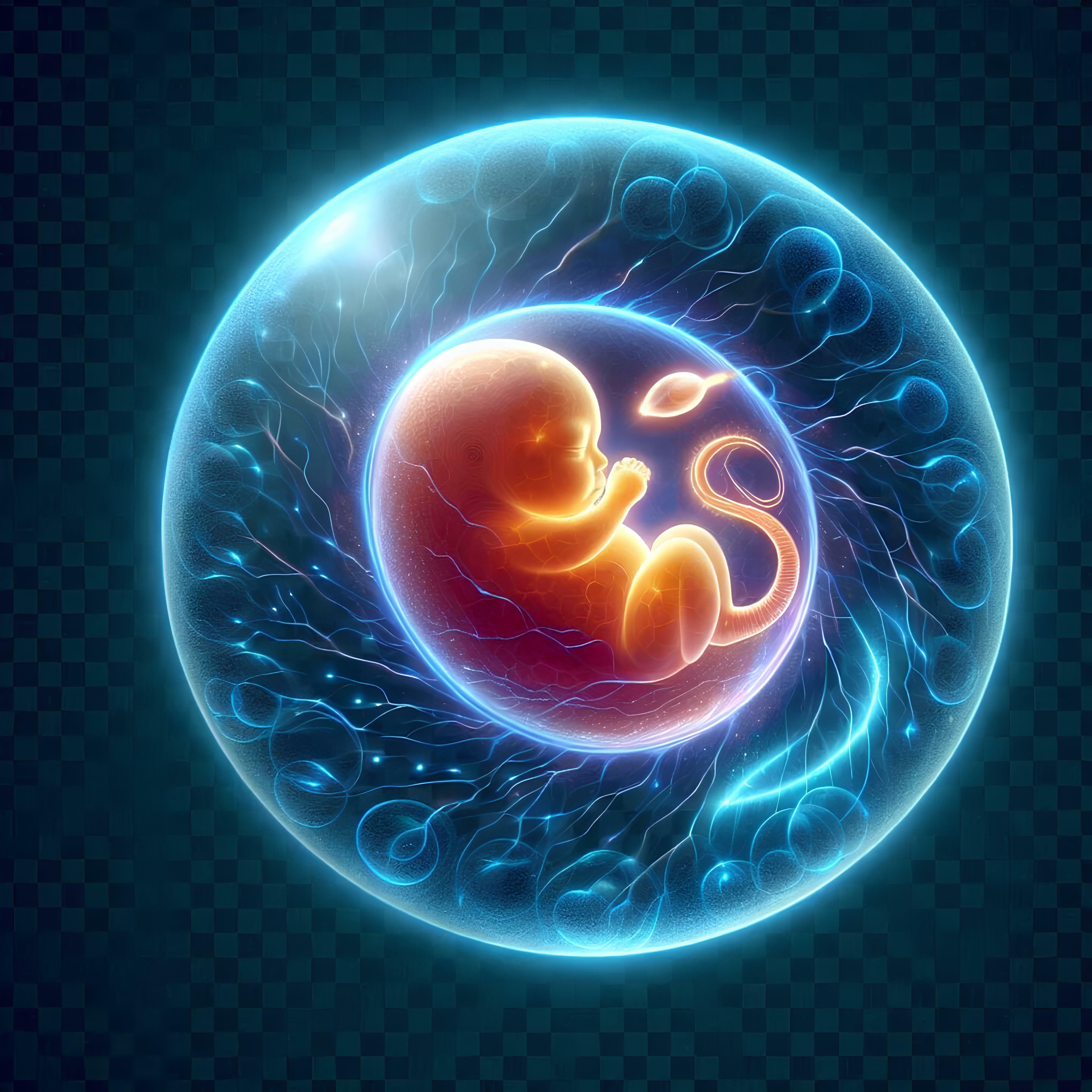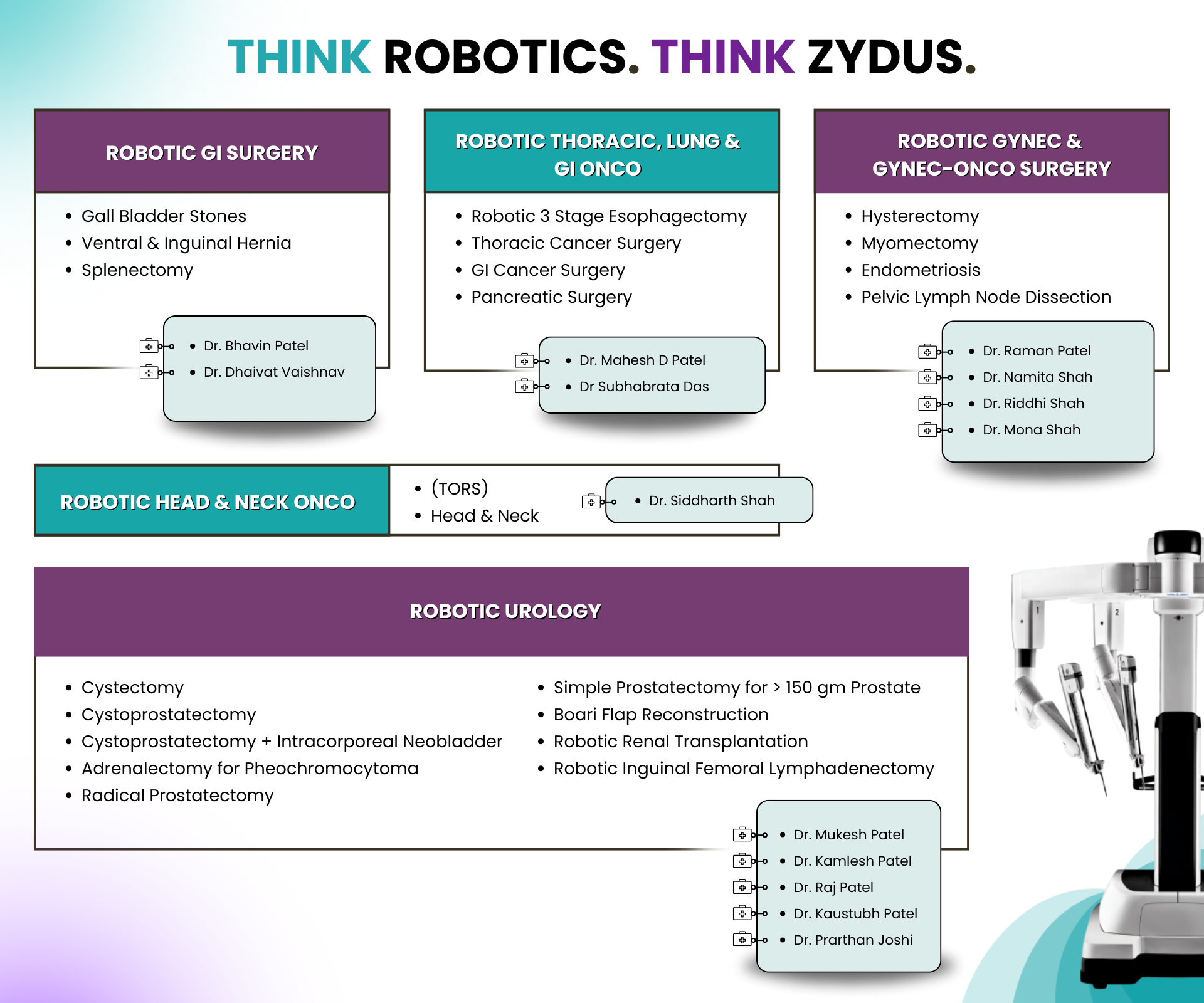
Zydus Hospitals: Transforming Infertility with IVF specialists in Ahmedabad
- Medical Specialities
- Vitro Fertilization (IVF)

Zydus Hospitals: Transforming Infertility with IVF specialists in Ahmedabad
Zydus Hospitals’ IVF center in Ahmedabad is committed to making numerous dreams of parenthood come true. We integrate state-of-the-art reproductive technologies, IVF specialists, and a patient-first approach to offer thoughtful, personalized care. From advanced facilities to evidence-based treatments, we aim to ensure that comfort and dignity are maintained while maximizing the chances of the highest rates of success for every patient.
Advanced IVF Treatments at Zydus Hospitals
Our IVF services make us the best IVF hospital in Ahmedabad. IVF treatment involves fertilizing eggs outside the body in a state-of-the-art laboratory. We use cutting-edge technology and proven protocols to maximize success rates, guided by our experienced IVF experts.
ICSI is usually recommended in cases of male infertility, where a single sperm is directly injected into an egg. This advanced technique is performed by the best IVF specialists in India with utmost care, which improves fertilization success while ensuring safety and precision.
Zydus Hospitas’ IVF center also provides egg and sperm freezing services, allowing patients to preserve fertility for future family planning. Utilizing vitrification techniques, we ensure high survival rates and have also achieved proven results.
We offer secure embryo freezing and storage solutions, enabling flexibility in treatment cycles. Our IVF doctors’ team ensures careful monitoring to maintain embryo viability for future use.
Many IVF hospital in Ahmedabad provides donor egg and sperm services for couples facing fertility challenges. But our IVF treatment for pregnancy includes, rigorous screening and matching process that ensures the highest quality and ethical standards.
PGT allows the detection of genetic disorders before embryo transfer. Conducted by our expert IVF doctors’ team, this types of IVF treatment improves the chances of a healthy pregnancy and reduces genetic risks.
Emotional support and counseling for couples undergoing the IVF treatment procedure is the most important step for a successful IVF cycle. Our patient-centric approach ensures guidance and reassurance throughout every step of the fertility journey.


Under what circumstances do couples choose IVF?
Advanced IVF Treatments at Zydus Hospitals
IVF treatment helps overcome male infertility issues like low sperm count, poor motility, or obstructive problems, with tailored treatments like ICSI provided by our expert IVF specialists in Ahmedabad.
Fertility declines with age, and a lower quantity or quality of eggs can impact conceiving naturally. IVF, or IVF utilizing egg donation, is an effective option suggested by the best IVF hospital in India.
Blocked, damaged, or absent fallopian tubes or pelvic adhesions inhibit the natural birthing process. IVF allows for overcoming these natural barriers and assists with having a successful cycle.
Endometriosis is a chronic gynecological disorder that, even with good fertility tests, can delay pregnancy. Our infertility specialist provides advanced reproductive medicine treatment to enhance the likelihood of conception under these challenges.
Couples who have experienced multiple IUI fertility treatment failures and who require PGD, Pre-implantation Genetic Testing for a healthy pregnancy, can receive the best IVF treatment in India at Zydus Hospitals.
Premature ovarian failure can be successfully managed with IVF and donor egg IVF for pregnancy chances with our experts' guidance.
Zydus Hospitals stands as the best IVF hospital in India, led by the best IVF specialists from across India. Our combination of advanced technology, evidence-based treatment protocols, and compassionate care ensures every patient receives individualized attention. As a leading IVF hospital, we are committed to achieving the best IVF treatment while making every fertility journey comfortable, transparent, and successful.
FAQ
-
Treatments for male factor infertility vary from intrauterine insemination (IUI) to in vitro fertilization with Intracytoplasmic Sperm Injection (ICSI). Individualized Medical treatment protocols are provided by the physician after the diagnostic evaluation is completed
-
The term “oligo” means few. Oligospermia is the presence of fewer than the normal number of sperm in the semen. Men with fewer than 20 million sperm/ml are usually defined as having oligospermia, or a low sperm count.
-
Azoospermia is complete lack of sperm.
-
Yes. There are two different types of azoospermia. Obstructive azoospermia is the complete lack of sperm in the ejaculation due to a blockage in the male reproductive tract or the absence of the part of the reproductive tract that carries sperm from the testicle to outside the body. A blockage, or obstruction, may have been present at birth or may have occurred as a result of an infection or severe trauma to the testicles or the tubules surrounding the testicles that transport the sperm out of the body. Men with obstructive azoospermia almost always have some sperm in their testicles, but these sperm are not found in the semen because of the blockage or absence of part of the reproductive tract.
-
For treating obstructive azoospermia, a procedure called Percutaneous Sperm Aspiration, or PESA, is used to aspirate sperm from the epididymis.
-
For treating non-obstructive azoospermia, a procedure called Testicular Sperm Extraction, or TESE, is used to obtain sperm directly from the testicle, where the sperm are being produced. The TESE procedure involves the removal of very small pieces of testicular tissue.
-
The Procedure is done under operating microscope where testis is bisected, seminiferous tubules are observed and turgid tubules are taken for sperm. The chances of sperm retrieval are 10% higher and damage to testis is negligible.
-
Severe male-factor infertility is treated very successfully by a relatively new laboratory technique called ICSI. ICSI involves injecting one sperm directly into the egg using a microscope with specialized micromanipulation equipment. ICSI is always used in conjunction with in vitro fertilization. For ICSI various sperm retrieval techniques are used like PESA, MESA, TESA, and TESE.
-
When Semen analysis shows zero sperm count the cause may be either obstructive azoospermia or non-obstructive azoospermia. For such cases sperms are retrieve from tract by different method known as Surgical Sperm Aspiration (SSA). They are like PESA, MESA, TESA, and TESE
-
Semen cryopreservation (the freezing of sperm) is a way to store sperm for future use. Sperm is routinely frozen and maintained in the center.
-
The general recommendation is to collect and freeze up to three specimens, collected two to seven days apart. However, depending on the situation, the recommended number of days between collection and the number of specimens for storage may vary. The number of specimens to be frozen also may vary depending on the number of sperm and the sperm motility in each specimen
-
Not Ordinarily. The surgeon must be able to see the follicles in order to guide the needle to the proper spot for retrieval of the eggs whether by sonographic(ultrasound) or surgical methods
-
This depends on the individual. The primary reason for delay is to allow the patient’s normal menstrual cycle to resume, which may take 2 to 3 cycles
-
There is no specific number. This is determined by the physician and the couple.
-
Although a definite time of abstinence to avoid damage to the pre-embryo has not been determined, most experts recommend abstinence for two to three weeks. Theoretically, the uterine contractions associated with orgasm could interfere with the early stages of implantation. However, intercourse the night before pre-embryo transfer is acceptable
-
The IVF team recommends that the patient be sedentary for a full 24 hours following pre-embryo placement in the uterus. Strenuous exercises such as jogging, horseback riding, swimming, etc. should be avoided until pregnancy is confirmed. Otherwise, the patient is free to return to her regular activities
-
Pregnancy can be confirmed using blood tests about 14 days after egg aspiration. Pregnancy can be confirmed by ultrasound 30 to 40 days after aspiration.
-
Perhaps, in certain situations, IVF may be cheaper and physically less demanding than surgery to repair you fallopian tubes
-
Yes, when multiple pre-embryos are transferred. 25%. of pregnancies with IVF are twins. (In normal population, the rate is one set of twins per 80 births.) Triplets are seen in approximately 2-3% of pregnancies
-
There are no known ill effects. Abnormal pre-embryos, even those produced through normal fertilization, do not seem to mature. However, any long-term effects of IVF remain to be determined.
-
Approximately three weeks (all as an outpatient). Fertility drugs are administered to stimulate the ovaries. Then during the four to six days prior to ovulation, the patient is monitored by ultrasound as well as by hormone levels
-
A maximum of three embryos will be transferred to the uterus for possible implantation. Patients will have several other options regarding the disposition of the remaining embryos. One option is to freeze embryos for your later use. Other options are to donate or simply dispose of them. Excess embryos, if any, belong to you, and you will determine what is to be done.
-
When we stimulate ovaries with gonadotrophin it may get overstimulated sometimes producing more than many follicles. This may lead to very high level of estrodiol & patient may land with OHSS. If this complication is mild to moderate, can be treated. But sever OHSS may lead to hospitalization. Pregnancy if occurs will add fuel to problem
-
Both men and women can take steps to lower the risk for infertility Exercise moderately
-
Avoid body weight extremes
-
Avoid tobacco, alcohol, and illegal drugs
-
Avoid high levels of stress
-
Avoid unwanted pregnancy
-
Receive appropriate treatment for long-term medical conditions
Our doctors



